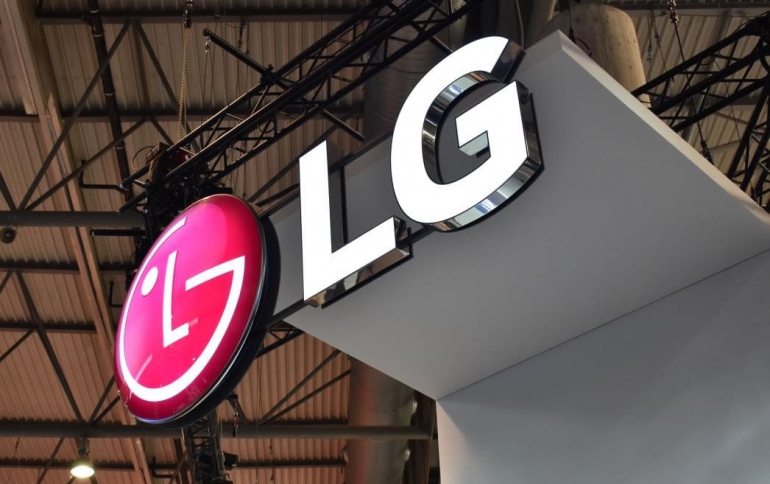
LG To Offer LTE TDD Smartphones In Target Markets
Following the demonstration of its Long Term Evolution Time Division Duplexing (LTE TDD) service at Mobile World Congress (MWC) 2013, LG Electronics has started offering LTE TDD capable smartphones worldwide.
Starting in the Kingdom of Saudi Arabia with its flagship Optimus G smartphone on the Saudi Telecom Company (STC) network, LG will introduce LTE TDD devices this year in China, India, North America, Japan and Australia with additional countries to follow.
"LTE TDD is a superior alternative in some countries due to its flexibility in uploading and downloading content," said Dr. Jong-seok Park, President and CEO of the LG Electronics Mobile Communications Company. "Were excited to offer consumers LTE TDD capable smartphones based on our unparalleled knowhow in 4G LTE technologies. With the commercial introduction of LTE TDD service, LG will build upon its expertise in 4G LTE by offering future device options utilizing this standard."
LTE TDD allows receiving and transmitting to occur on the same frequency at different times, unlike Long Term Evolution Frequency Division Duplexing (LTE FDD) which assigns two different frequencies for transmitting and receiving data. This means LTE TDD works more like home broadband, with a narrow band for uploading and a wider one for downloading heavier content such as video and music for more efficient transmission of data.
According to Yankee Group, markets including China, India, Europe and the United States will account for more than 134 million registered LTE TDD lines by 2016.
"LTE TDD is a superior alternative in some countries due to its flexibility in uploading and downloading content," said Dr. Jong-seok Park, President and CEO of the LG Electronics Mobile Communications Company. "Were excited to offer consumers LTE TDD capable smartphones based on our unparalleled knowhow in 4G LTE technologies. With the commercial introduction of LTE TDD service, LG will build upon its expertise in 4G LTE by offering future device options utilizing this standard."
LTE TDD allows receiving and transmitting to occur on the same frequency at different times, unlike Long Term Evolution Frequency Division Duplexing (LTE FDD) which assigns two different frequencies for transmitting and receiving data. This means LTE TDD works more like home broadband, with a narrow band for uploading and a wider one for downloading heavier content such as video and music for more efficient transmission of data.
According to Yankee Group, markets including China, India, Europe and the United States will account for more than 134 million registered LTE TDD lines by 2016.





















